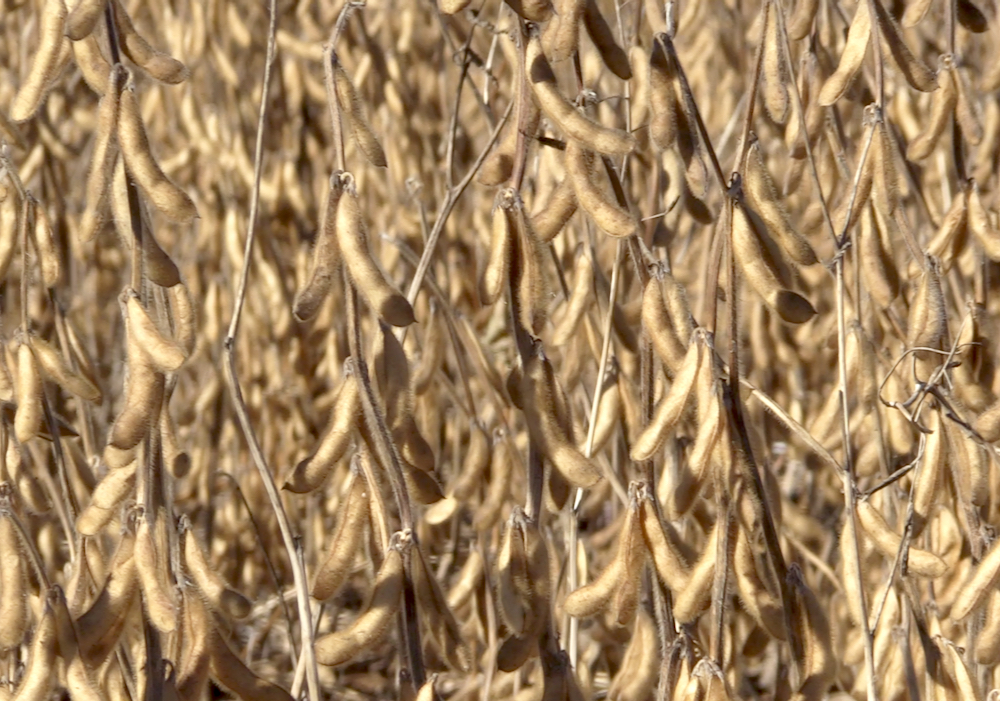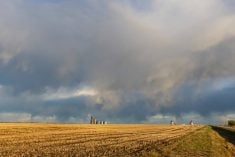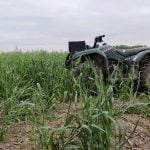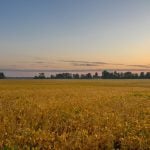What happens with the drought situation in the U.S. this spring is expected to impact what happens with the weather in Western Canada during the early part of summer in 2013.
Drew Lerner, weather specialist with World Weather Inc. in Kansas, said if the dry weather in the western U.S. Corn Belt and Plains continues, the southern part of Western Canada could experience a drier, warmer bias this summer.
"If the dryness lasts long enough to the south, a ridge of high pressure that would, under normal circumstances, be weak and not likely reach up into Canada would have the potential of reaching into Canada," said Lerner. "And that’s the reason why the southern areas would tend to be drier and the northern areas might turn to be wetter, somewhat similar to last summer."
Read Also

CBOT Weekly: Grain, oilseed futures under pressure
November soybeans lost 23 U.S. cents per bushel during the week, while corn and wheat losses ranged from five to 10 cents.
But, if those areas in the U.S. see some relief from snowfall or rain ahead of spring, weather in Western Canada will most likely be "normal."
"Without any trouble down in the U.S. Plains, Canada will see a relatively normal summer pattern with temperatures probably normal to slightly cooler," said Lerner.
The possibility of a hot and dry weather pattern in Alberta could also impact weather in Western Canada this summer.
"The dry and warm bias that’s going to be present in Alberta during most of the spring could evolve into some kind of a cut-off high pressure system that would set over there for a while during the summer," Lerner said.
"If that were to occur, it would diminish rains for Alberta and create a warmer temperature bias and there would be some potential to also block precipitation from western Saskatchewan."
Lerner said there is only about a 30 per cent chance that the latter will occur in Alberta, but it is still something to look out for.
No matter what ends up impacting weather patterns in Western Canada this summer, Manitoba farmers should experience better growing conditions than producers in Alberta and Saskatchewan, he said.
"If we get a blocking pattern to occur in Alberta, that would be mostly impacting Alberta and western Saskatchewan, and by the time weather systems come over the top of the block, they would come down into Manitoba and provide some timely rainfall," said Lerner.
Manitoba farmers would also fare better than those in Saskatchewan and Alberta if dryness persists in the U.S., because the ridge won’t likely extend far enough north to impact growing regions in the province, he said.
— Terryn Shiells writes for Commodity News Service Canada, a Winnipeg company specializing in grain and commodity market reporting.















